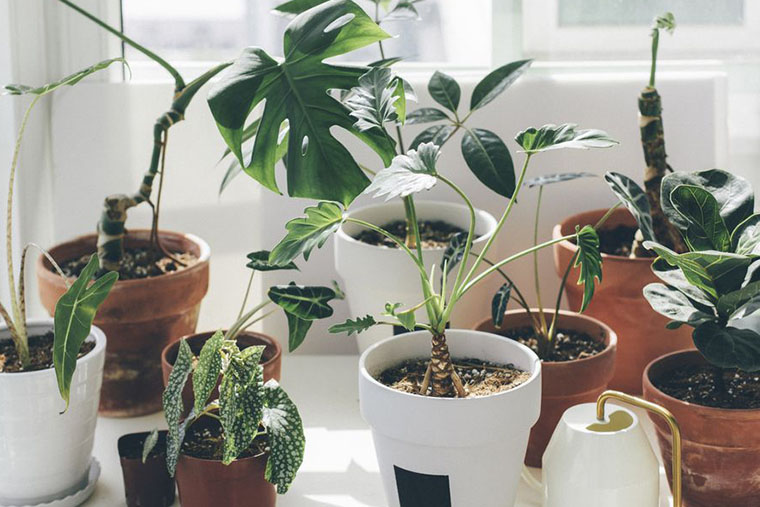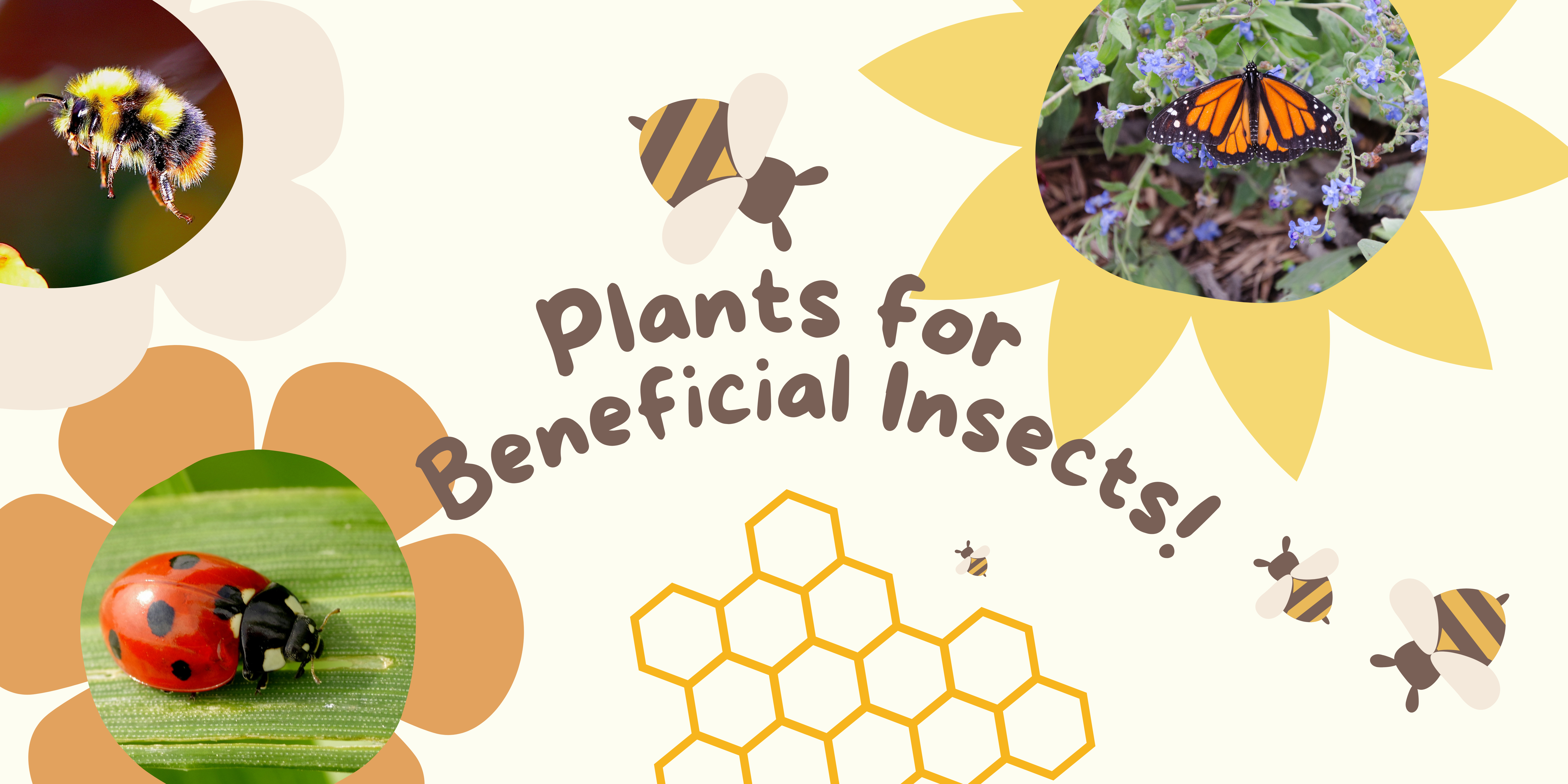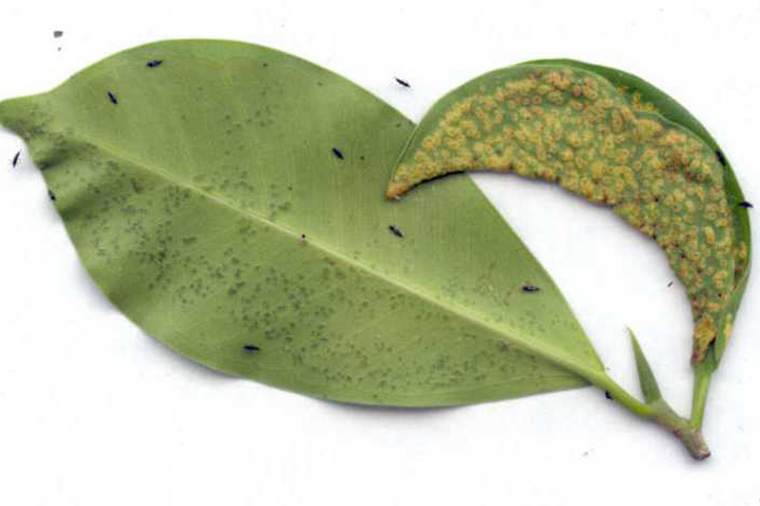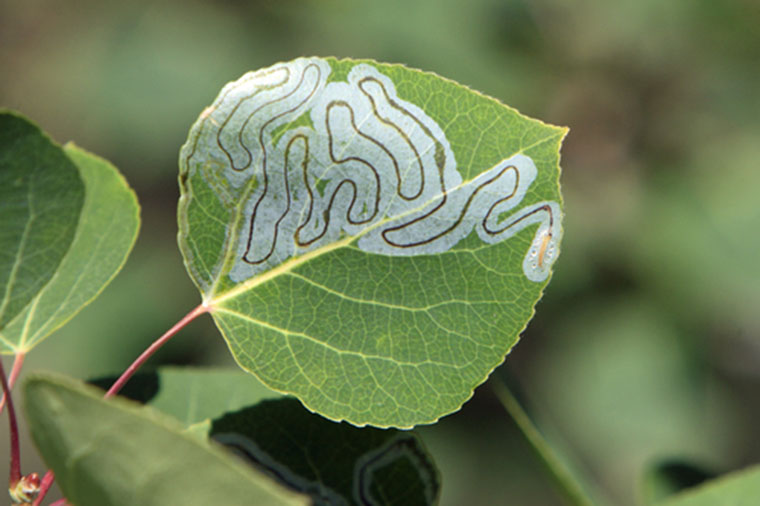Common Houseplant Issues in Winter
Even though our houseplants are indoors with us, this dark and cold season can be hard on them. This is because the indoor climate of our homes changes in the wintertime in ways that are not ideal for many of our houseplants, which tend to be from tropical places. Thankfully, there are remedies for fixing common winter houseplant problems and ways to care effectively for indoor plants during winter.
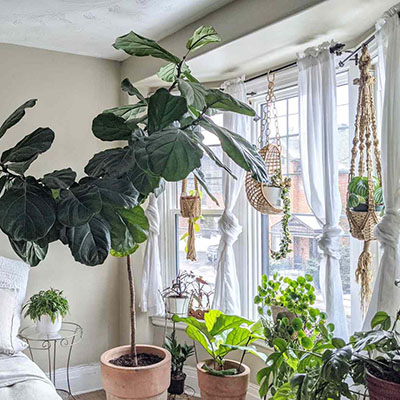
Less Sunlight
In the darkest winter months, we get as little as eight hours of sunlight a day. The quality of sunlight changes too because the sun no longer rises high in the sky. You may need to make some changes to ensure your plants get enough light. Fortunately, you have lots of options for increasing light for indoor plants in winter despite the lack of sunlight.
Natural light solutions. If you have well-insulated windows that won’t harm your plants with cold drafts, move your plants closer to them. Clean the windows, so they let the most light in possible, and give your plants a shower so their leaves aren’t dusty and are able to absorb light at their maximum capacity. Also, the sunniest windows in winter are the ones that face south or west, so these are the places where you should put your plants with the highest light needs.
Artificial light solutions. If you don’t have the types of windows that will give you access to enough winter sunlight, invest in some grow lights. These lights cost well below $50 and are as simple as a lightbulb that will fit into one of your regular fixtures or lamps. Or, you can buy something more elaborate. Either way, grow lights will meet the sunlight needs of your plants. Even some LED and fluorescent lights will help to meet the light needs of your plants, although grow lights are best.
Symptoms of lack-of-sunlight problems:
1. Thin, straggly growth: the plant growing long stems with leaves far apart
2. Brown edges or tips on leaves
3. The soil takes a long time—weeks, even—to dry out (sometimes when a plant doesn’t get enough light, it’s not able to perform enough photosynthesis to draw the water up with its roots)
Rule of green thumb on light: Each houseplant has specific light requirements. The first step in solving any plant’s light problems is checking on what kind of light exposure the plant needs.
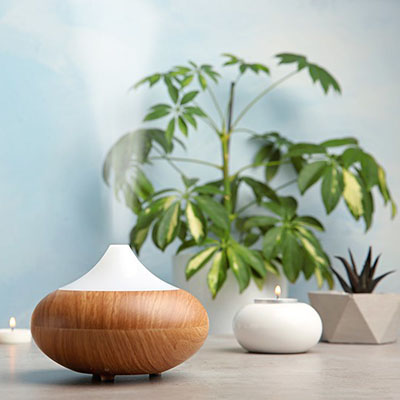
Dryer Air
Temperature isn’t the only thing that changes in our winter indoor climate. Another big change is the humidity level. When our heat blasters warm our homes up, they suck the moisture out of the air. If your plants are looking a little rough and you’ve got your temperature situation under control, dry air could be the culprit.
Low Humidity Solutions:
1. Mist your plants with a spray bottle.
2. Use a pebble tray.
3. Add a humidifier.
4. Group your plants near each other.
5. Place your plants in high-humidity rooms.
6. Give them a shower.
Symptoms of low-humidity problems:
1. Wilting or drooping
2. Brown edges on leaves
3. Leaves turning yellow and falling off
Rule of green thumb on humidity: Most houseplants prefer a relative humidity (RH) of 40-50%. In North Dakota, the winter RH in our homes drops as low as 5-10%!

Extreme Temperature Changes
Once the temperature drops outside and our furnaces start kicking in, the indoor climate of our homes changes completely. Parts of your house that are fine for indoor plants in the summer might no longer be okay. Here are the three temperature-related “climate change” problems to look for:
Cold drafts. Plants close to poorly insulated windows where cold is seeping in could be suffering from cold drafts. If you have windows frosting up, for example, that’s a telltale sign you should move your plants as far away from those windows as you can. If the cold draft is not as severe and the windows aren’t frosting, you could try putting a heavy, insulating curtain or blanket between the plants and windows at night or simply moving the plants away from the windows at night. Other locations in your home might have cold drafts too. Keep your houseplants away from spots like these:
1. Exterior doors (front door, back door, etc.) that let the outside cold burst in every time they open
2. Air conditioning vents
3. Cold, poorly insulated rooms
Hot drafts and extreme temperature changes. Blasts of hot air from our winter heating can be just as damaging as cold drafts. They can also cause extreme temperature changes when they kick in, which are dangerous for your tropical green friends. Keep your plants away from these heat blasters:
1. Fireplaces
2. Heat vents
3. Radiators
4. Space heaters
5. Wood-burning stoves
Symptoms of temperature problems: The symptoms of cold drafts, hot drafts, and extreme temperature changes are similar and can be any of these:
1. Wilting or drooping
2. Leaves that are not the color they’re supposed to be: yellow, white, faded, or brown (especially leaves that turn brown quickly)
3. Leaves that look burned
Rule of green thumb on temperature: Most houseplants need at least 50°F to survive and between 60-75°F to thrive.
 |
| 
